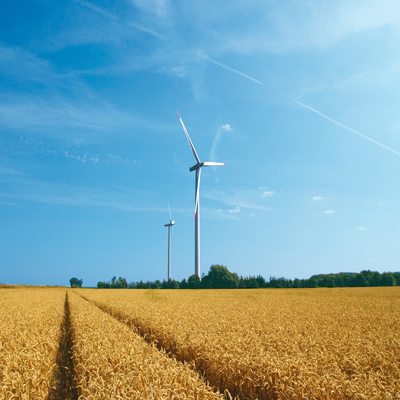 A new report by the Danish Energy Agency has found it would be technically possible to construct a secure and reliable national energy system based on 100 per cent renewables by 2050.
A new report by the Danish Energy Agency has found it would be technically possible to construct a secure and reliable national energy system based on 100 per cent renewables by 2050.
The report, Energy Scenarios for 2020, 2035 and 2050, compares the feasibility and cost of replacing coal, oil and natural gas with various different green energy scenarios, ranging from an electricity-based wind-power system to a fuel-based biomass system.
According to the report, all of the scenarios meet the vision of a fossil fuel independent energy system for Denmark by 2050, as well as the government’s goal of fossil fuel independent electricity and heating by 2035.
The costs of a fossil fuel independent energy supply in 2050 were calculated at around $A26.8-31.4 billion (DKK 136-159 billion) – an amount, says the report, that includes investments, operating costs, fuel (including distribution), CO2, costs of energy savings, propulsion systems for all types of transport, energy-producing facilities in electricity, district heating, process and individual heating. 
To meet the 2050 target, however, the report notes that a decision on the shape of Denmark’s energy future would need to be made shortly after 2020.
In the wind scenario, the report finds estimated that wind power capacity would have to be expanded by around one 400MW offshore wind farm a year from 2020 to 2050, while obsolete turbines would have to be replaced.
Despite this, the report finds that wind power has relatively low production costs per kWh in 2035 and 2050 – albeit slightly higher in total than the biomass scenario, due to derived costs of the expansion.
It would only take a 35 per cent increase in the price of biomass, however, for the wind and biomass scenarios to be equal. Similarly, a halving of the electricity grid costs would also make the wind and biomass scenarios equal.
In the hydrogen scenario, the report notes that expansion would have to take place at an even faster rate, while in the biomass scenario, the expansion rate would amount to one 400MW farm every three years.
All scenarios (except the fossil scenario) assume a total capacity of 2000MW photovoltaic solar modules in 2050, which the report says provide a system-related advantage when combined with wind power, due to differing production profiles.
And all of the scenarios assume ‘large’ energy savings, says the DEA. “Extra-large energy savings will lead to an increase in total costs in the wind scenario. However, there is large uncertainty about the costs of savings. If these costs are one-third lower, the total system costs with large and extra-large savings, respectively, will be equal,” says the report.
Consumption of natural gas was expected to fall dramatically from 2020, as coal and natural gas were phased out and the country’s gas infrastructure was instead used to distribute renewable-energy gases like biogas.
Electricity storage is not included in the Danish scenarios, the DEA finding that use of the electricity market – including hydropower storage
facilities abroad – and flexible electricity consumption were cheaper solutions.










